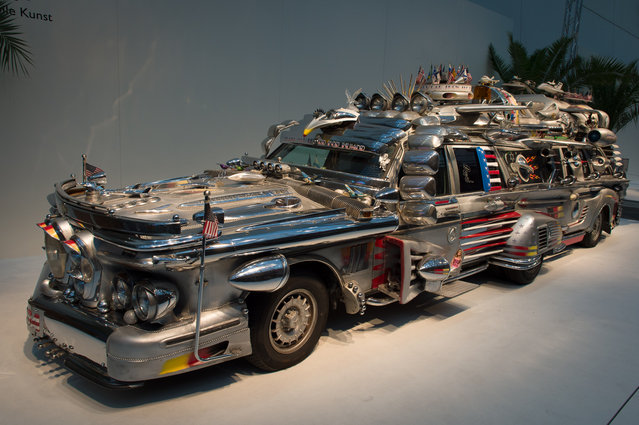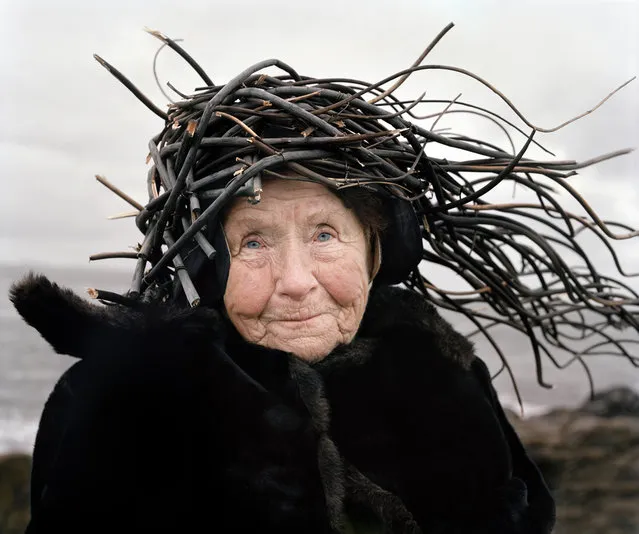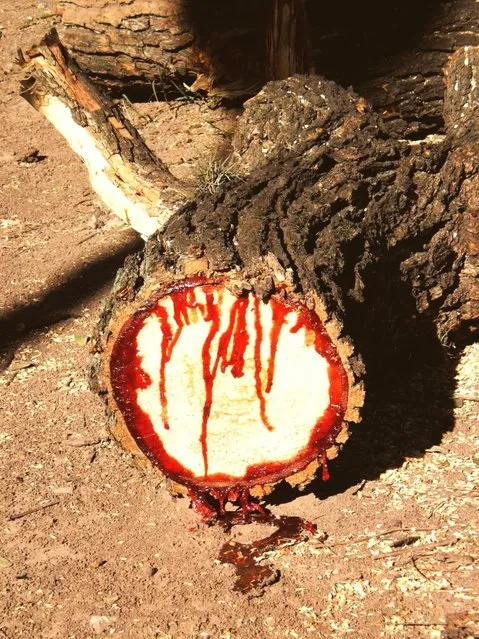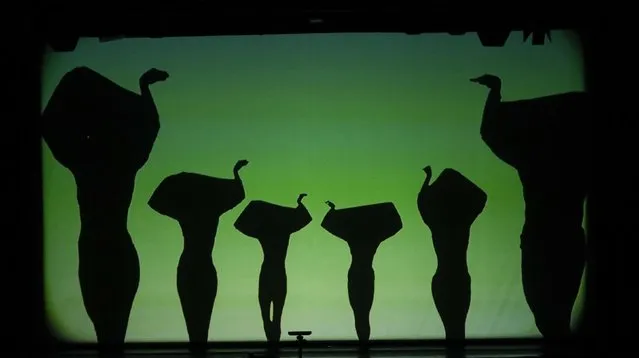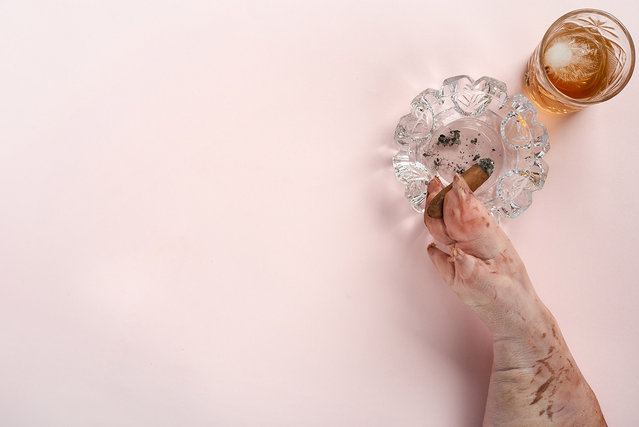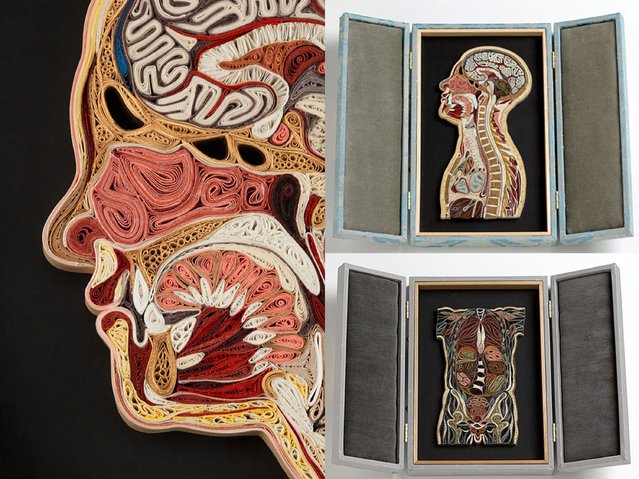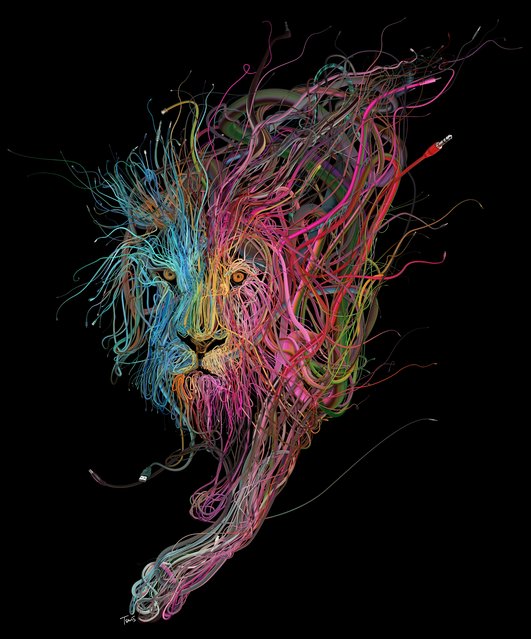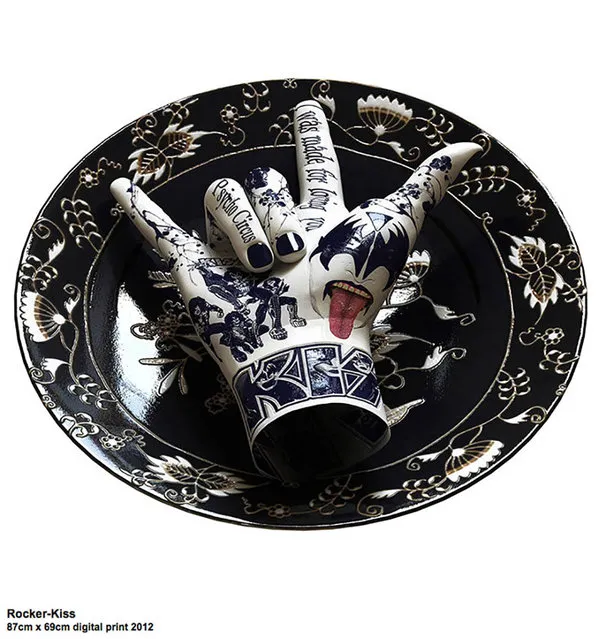
Kim Joon is a Korean artist who specializes in creating images that resemble hollow porcelain human body parts painted in bold patterns from famous ceramic brands including Royal Copenhagen, Herend, and Villeroy & Boch. His latest project is called The Rocker and features a number of pictures of porcelain hands laying on a dish patterned in style of different famous rock bands of the past. The images are so vivid that it makes you think that these hands are actually real and not digitally crafted, though it would be amazing, if someone were to actually make a creation such as this in real life. (Photo by Kim Joon)
18 Dec 2014 14:25:00,post received
0 comments

